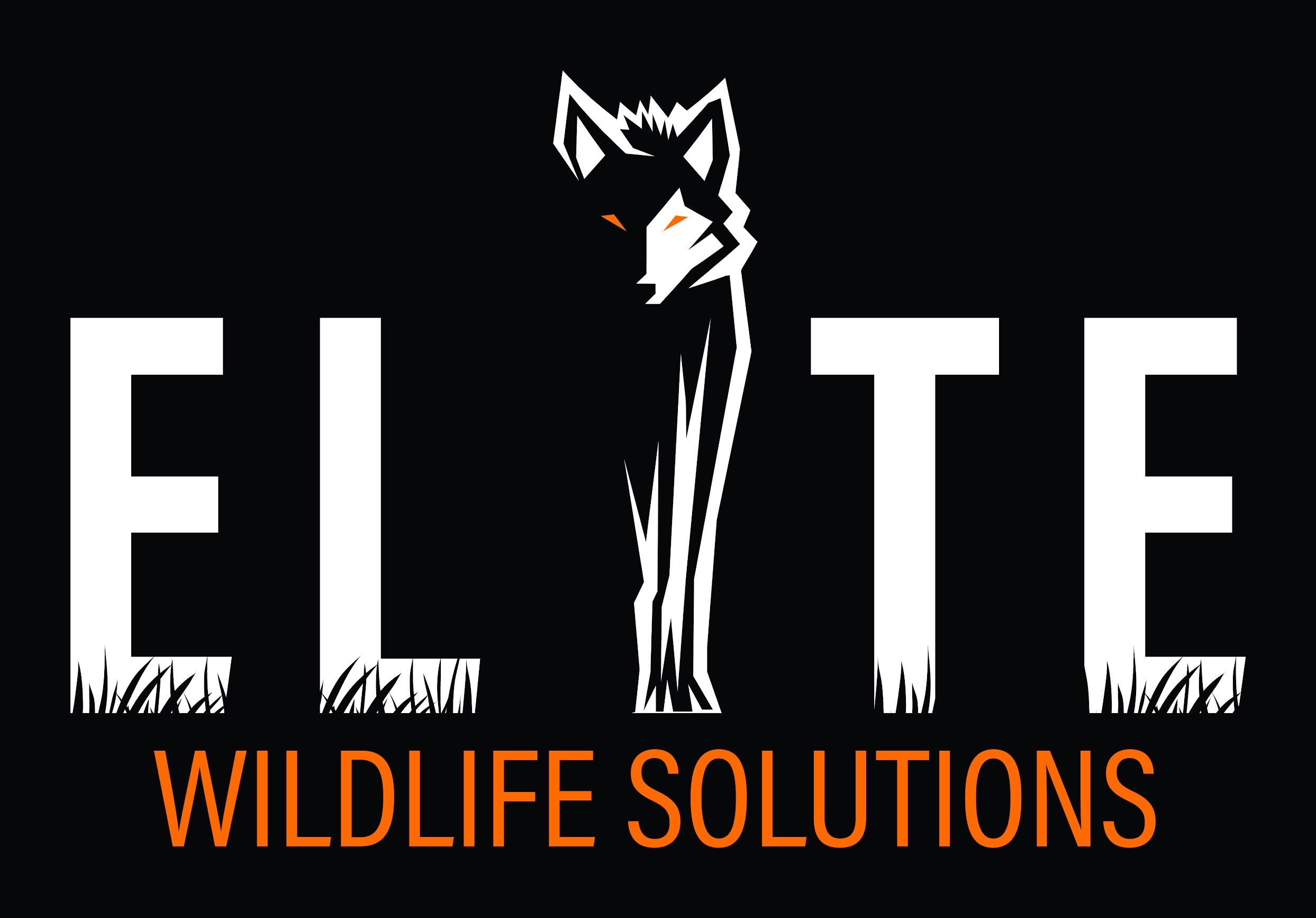
Many homeowners—and even some roofers—don’t realize that shingle ridge vents are one of the most vulnerable entry points for rodents, especially squirrels. Although they’re designed to ventilate your attic, most ridge vents are made of plastic, which rodents can easily chew through.
At Elite Wildlife Solutions, we’ve seen firsthand how rodents exploit these weak spots—and we’ve developed a certified, steel-backed solution that protects your home for good.
The Real Problem with Shingle Ridge Vents
Here’s what makes ridge vents so attractive to squirrels and other rodents:
- Plastic construction is no match for squirrel teeth
- Loose installation by roofers often leaves small gaps
- Warping over time creates even more space for entry
- Improperly cut or open end tabs act like unlocked doors
We’ve documented dozens of cases where squirrels chewed directly through ridge vents and gained full access to attics.
One extreme case in Woodstock involved a 60-foot ridge vent (120 feet total, both sides)—with squirrels entering through a gap as small as 2 to 4 inches.
This isn’t rare. It’s reality. Unfortunately, listening to roofing contractors or social media “experts” can cause thousands of dollars in damage.
The Wrong Fix: Mesh Sealing Underneath the Ridge Vent
Some companies recommend removing the vent and placing mesh underneath it. While it may seem helpful, this method:
- Doesn’t stop rodents from nesting underneath the vent
- Allows urine, feces, and nesting debris to fall into the attic
- Doesn’t offer real exclusion—just a false sense of security
- Can lead to serious contamination and insulation damage
Mesh is not a permanent solution. It’s a shortcut—and a risky one.
Our Certified Solution: Steel Ridge Vent Protection That Works
At Elite Wildlife Solutions, we use a 20-gauge galvannealed steel ridge vent protection system that’s engineered to solve this problem long-term.
Why Our System Works:
- Protects the entire ridge vent—no gaps, no chewing access
- Maintains airflow for proper attic ventilation
- Powder-coated finish resists rust, wear, and weather
- Manufacturer-backed warranty for peace of mind
As certified installers, we’re able to offer this product with full warranty protection—something that unlicensed or knock-off installers cannot provide.
Beware of Imitations:
Third-party or DIY alternatives may look similar, but…
-
- Often use thinner steel or lower-grade metal
- Feature larger holes, allowing rodent access
- Are not covered by any legitimate manufacturer warranty
- Often use thinner steel or lower-grade metal
If it’s not certified and installed by a trained professional, you’re taking a big risk.
Why We Do It Differently
We treat every home like it’s our own. That means:
- No shortcuts
- No inferior materials
- No installs we wouldn’t trust on our own roofs
Rodent exclusion isn’t just a job for us—it’s our responsibility. And when it comes to your home, your safety, and your peace of mind, we believe in doing it right the first time—or not doing it at all.
Don’t Let Ridge Vents Become Rodent Highways
Plastic ridge vents may look secure, but they’re often one of the first places rodents target. Protecting them with mesh or cheap materials doesn’t solve the problem—it just delays it.
Let Elite Wildlife Solutions provide a real, certified fix backed by materials and workmanship that last. Because your home—and your peace of mind—deserve nothing less.
FAQs: Rodent Entry Through Ridge Vents
Q: Can rodents really chew through plastic ridge vents?
Yes. Squirrels and rats can easily chew through most plastic ridge vents, especially if gaps or weak end tabs are present.
Q: Is mesh a good option for sealing ridge vents?
Not really. Mesh can still allow rodents to nest under the vent, dropping waste into your attic and causing contamination.
Q: What’s the best way to protect ridge vents?
A certified steel ridge vent protection system that maintains airflow and blocks chewing access—installed by trained professionals.
